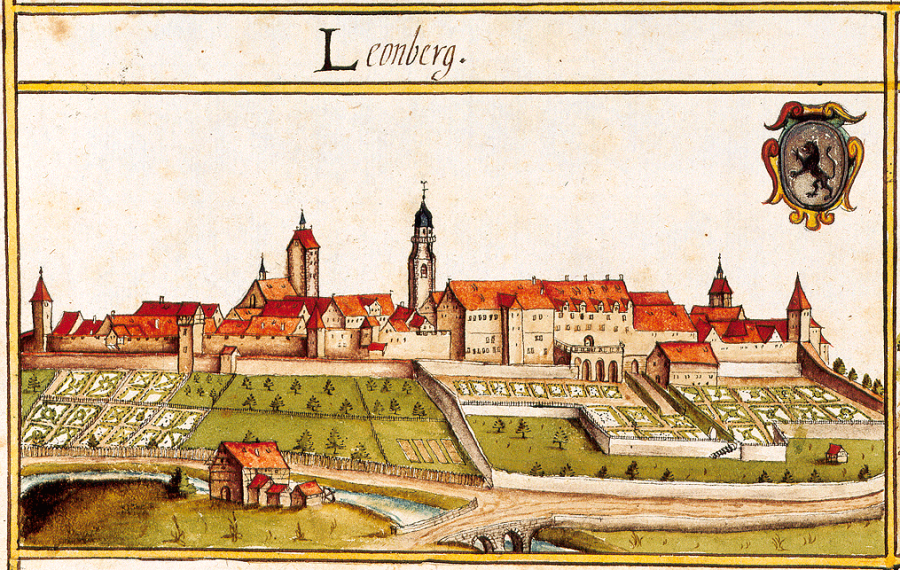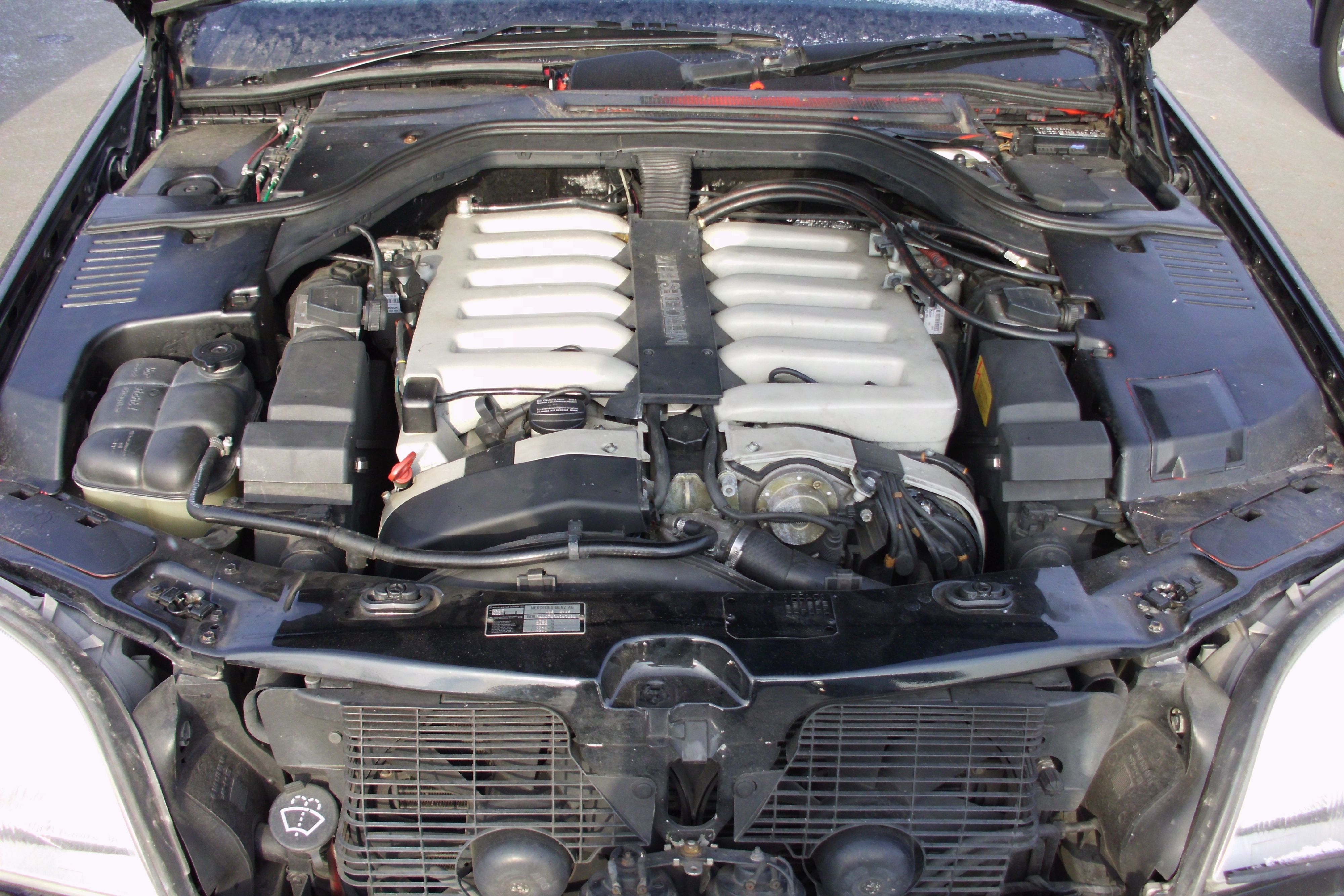|
Isdera Commendatore 112i
The Isdera Commendatore 112i is a concept car conceived and developed by the German low volume automobile manufacturer Isdera. Introduced at the Frankfurt Motor Show#1993, 1993 Frankfurt Motor Show, the 112i had a compact and sleek aerodynamic body work and was to be a successor to the Isdera Imperator 108i, Imperator 108i but the lack of financial reserves led the company into bankruptcy and only one prototype was completed. History and development After the Imperator 108i had ended production in 1993, Isdera was working on the development of a new model. In 1989, the first clay models took shape and development work was carried out through 1993. The new car called the Commendatore 112i was named in honour of Enzo Ferrari (Ferrari was awarded the title ''Commendatore II''). Commendatore means ''Knight Commander'' in Italian language. The sleek design drew inspiration from the famous Group C race cars. Eberhard Schultz, the company's founder, engaged engineers and technicians ... [...More Info...] [...Related Items...] OR: [Wikipedia] [Google] [Baidu] |
Isdera
Isdera AG or ''Ingenieurbüro für Styling, Design und Racing'' (English: Engineering Company for Styling, Design and Racing) is a privately run German specialty automaker and design service provider based in Saarwellingen, with a design studio in Munich and a design subsidiary in Shanghai, China. The company was founded and formerly based in Leonberg, Germany. Each high-performance sports car is hand-built by a small team of craftsmen, and the only way to purchase a brand new Isdera was to call the CEO directly. Each vehicle is custom built for its original buyer, and a waiting period of twelve months is to be expected. History Eberhard Schulz in order to seek a job at one of the automotive companies of Germany built his own car in the garage of his home in 1969 called the Erator GTE. He drove the car to Porsche's and Mercedes-Benz's headquarters and was subsequently offered a job at Porsche in the design department in 1970. In 1978, Schultz left Porsche and joined the b&b co ... [...More Info...] [...Related Items...] OR: [Wikipedia] [Google] [Baidu] |
Leonberg
Leonberg (; swg, Leaberg) is a town in the German federal state of Baden-Württemberg about to the west of Stuttgart, the state capital. About 45,000 people live in Leonberg, making it the third-largest borough in the rural district (''Landkreis'') of Böblingen (after Sindelfingen and Böblingen to the south). Leonberg is most famous for its picturesque market square, the centuries-old annual horse market, its past role as the seat of one of Württemberg's first parliaments, and the Pomeranzen Garden – Germany's only remaining terraced garden which dates back to the late Renaissance. Geography Leonberg lies on the east bank of the Glems River on the lower slopes of a prominent hill known locally as Engelberg (literally: "Angel Hill"). The Glems flows into Leonberg from the southeast before turning northwest until it reaches the district of Eltingen. Here, it turns northeast into the western part of the old town, carving its way along the valley to the district of Höfi ... [...More Info...] [...Related Items...] OR: [Wikipedia] [Google] [Baidu] |
Concept Car
A concept car (also known as a concept vehicle, show vehicle or prototype) is a car made to showcase new styling and/or new technology. They are often exhibited at motor shows to gauge customer reaction to new and radical designs which may or may not be mass-produced. General Motors designer Harley Earl is generally credited with inventing the concept car, and did much to popularize it through its traveling Motorama shows of the 1950s. Concept cars never go into production directly. In modern times all would have to undergo many changes before the design is finalized for the sake of practicality, safety, regulatory compliance, and cost. A " production-intent" prototype, as opposed to a concept vehicle, serves this purpose. Design Concept cars are often radical in engine or design. Some use non-traditional, exotic, or expensive materials, ranging from paper to carbon fiber to refined alloys. Others have unique layouts, such as gullwing doors, 3 or 5 (or more) wheels, ... [...More Info...] [...Related Items...] OR: [Wikipedia] [Google] [Baidu] |
S-segment
S-segment cars are a European car spotter for ''sport cars''. The cars are often described as sports cars and the equivalent Euro NCAP class is called "roadster sport". Characteristics S-segment cars have a sporting appearance and are usually designed to have superior handling and/or straight-line acceleration compared to other segments. The most common body styles for S-segment cars are coupé and convertible. Rear passenger accommodation is not a priority for S-segment cars, therefore many models are either two-seat cars or have a 2+2 layout with relatively cramped rear seating. Most recent S-segment cars use the commonplace front-engine design (as either an FF layout, FR layout or F4 layout), however the majority of cars with a Mid-engine design or rear-engine design belong to the S-segment. Current models The five highest selling S-segment cars in Europe are the Mazda MX-5, Porsche 911, Ford Mustang and Porsche Boxster/Cayman. File:2016 Mazda MX-5 Sport NAV 1 ... [...More Info...] [...Related Items...] OR: [Wikipedia] [Google] [Baidu] |
Coupé
A coupe or coupé (, ) is a passenger car with a sloping or truncated rear roofline and two doors. The term ''coupé'' was first applied to horse-drawn carriages for two passengers without rear-facing seats. It comes from the French past participle of ''couper'', "cut". __TOC__ Etymology and pronunciation () is based on the past participle of the French verb ("to cut") and thus indicates a car which has been "cut" or made shorter than standard. It was first applied to horse-drawn carriages for two passengers without rear-facing seats. These or ("clipped carriages") were eventually clipped to .. There are two common pronunciations in English: * () – the anglicized version of the French pronunciation of ''coupé''. * () – as a spelling pronunciation when the word is written without an accent. This is the usual pronunciation and spelling in the United States, with the pronunciation entering American vernacular no later than 1936 and featuring in the Beach Boys' h ... [...More Info...] [...Related Items...] OR: [Wikipedia] [Google] [Baidu] |
Rear Mid-engine, Rear-wheel-drive Layout
In automotive design, an RMR, or rear mid-engine, rear-wheel-drive layout is one in which the rear wheels are driven by an engine placed with its center of gravity in front of the rear axle, and thus right behind the passenger compartment. Nowadays more frequently called 'RMR', to acknowledge that certain sporty or performance focused front-engined cars are also "mid-engined", by having the main engine mass behind the front axle, RMR layout cars were previously (until ca. the 1990) just called MR, or mid-engine, rear-wheel-drive layout), because the nuance between distinctly front-engined vs. front ''mid-engined'' cars often remained undiscussed. In contrast to the fully rear-engine, rear-wheel-drive layout, the center of mass of the engine is in front of the rear axle. This layout is typically chosen for its favorable weight distribution. Placing the car's heaviest component within the wheelbase minimizes its rotational inertia around the vertical axis, facilitating tur ... [...More Info...] [...Related Items...] OR: [Wikipedia] [Google] [Baidu] |
Mercedes-Benz M120 Engine
The Mercedes-Benz M120 engine is a naturally aspirated high-performance automobile piston V12 engine family used in the 1990s and 2000s in Mercedes' flagship models. The M120 family is built in Stuttgart, Germany. It has an aluminium engine block lined with silicon/aluminium. The aluminium DOHC cylinder heads are 4 valves per cylinder designs. It uses sequential fuel injection (SFI) and features forged steel connecting rods. The M120 was eventually replaced by the smaller, lesser-powered, short-lived, SOHC An overhead camshaft (OHC) engine is a piston engine where the camshaft is located in the cylinder head above the combustion chamber. This contrasts with earlier overhead valve engines (OHV), where the camshaft is located below the combustion ch ..., three valves per cylinder, 5.8L, M137 V12 engine. Mercedes ceased production of the M120 because of new emission rules. M120 6.0 48v This engine developed and of torque for the 6.0 L version. In 1992 only the M120 engine ... [...More Info...] [...Related Items...] OR: [Wikipedia] [Google] [Baidu] |
.jpg)



